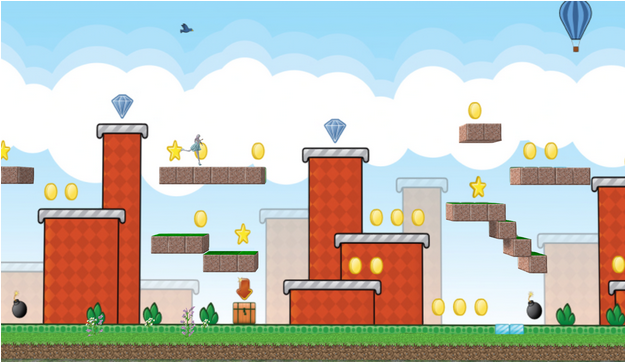Editor’s Note: Thank you to the blog “Living in a Modemworld” which provided the basis for this post.
One of the peskiest problems that businesses, clubs and other public groups have are griefers and other pests who join groups, spam the group and then leave or are kicked out only to return over and over again. Or a disgruntled former employee or customer decides to use the group as a venue for airing their grievances. Either way, having a “click here to join” open group means that you are also opening yourself up to problems.
So how to solve this? Other than simply chasing out each person as they cause trouble, and watching them come back over and over again, or they create alts to wreck havoc and spam your group, there has not been a viable solution until now.
As of June 18, 2014, Linden Labs has released a project viewer that allows for group ban. This viewer was actually released on June 17th, but wasn’t active on all servers until June 18th. This viewer (version 3.7.8.290887), as its name suggests, allows group owners (and those they nominate by role) to ban individuals from their group.
These group bans are enforced on the server side, similar to the way that parcel and estate bans work, and provides a viable way to remove pests from a group and keep them from re-joining. Eventually this will be part of the release viewer, but this project viewer allows users to get a taste of the features of this viewer. This will make SL group chat a lot more peaceful for most residents.
In the blog Living in a Modemworld, the author noted the following:
• By default, only a group’s Owners role has the Manage Ban List ability for banning other avatars from a group /removing avatars from the ban list
• The ability can be granted to other roles, if required
• Roles which are granted this ability are also granted the Eject Members from this Group and Remove Members from Roles abilities
• The ban list for a group can store a maximum of 500 entries. When this limit is reached, some avatars must be removed before others can be added
• Group Owners cannot be banned from a group (just as they cannot be ejected)
• When a group member is banned from the group, they are automatically ejected and will receive the usual ejection notification, but will not receive any notice that they have also been banned
• A user who is banned from a group cannot join it either directly or through an invitation
• If a group member is banned while using group chat, they may be able to continue using it until they close the group chat window (this problem also exists when ejecting someone from a group when they have the group chat window open)
• Any attempt to invite one or more banned avatars into a group, whether individually or as a part of a list, will generate the message: “Some residents have not been sent an invite due to being banned from the group.”
Obviously, it is not without it’s limitations, as if the avatar causing a problem has group chat open when they are banned, they can continue to continue to post even after being banned, and if someone is serious about spamming your group, or airing their grievances, if they leave the group chat window open indefinitely and don’t log out, they would be able to continue to cause a problem. However, hopefully eventually they will tire of their silly behavior and move on.
In the Release Notes from the project viewer wiki, it answers some important questions for group owners:
How do I ban somebody from my group?
1. Login with a viewer that supports group ban
2. Ensure that you have “Manage ban list” ability
• This information is found in the group info floater, under ‘Roles’ -> ‘ROLES’ -> ‘Allowed Abilities’ panel -> ‘Group Ban’ section
3. To ban via the group member list,
• Open the group info floater’
• Open ‘Roles’ -> ‘MEMBERS’, and select the group members you wish to ban
• Hit the ‘Ban Member(s)’ button
• The selected group members will be ejected from the group and added to the ban list
4. To ban any user from your group (a member or not)
• Open the group info floater
• Open ‘Roles’ -> ‘BANNNED AGENTS’
• Hit the ‘Ban Resident(s)’ button
• Using the people picker floater, find the avatars you wish to ban
• Hit the ‘Ban Residents’ button
• The avatars will be added to the ban list. If they were group members, they will also be ejected from the group.
Conversely, the wiki discusses how to unban someone:
How do I unban somebody from my group?
1. Login with a viewer that supports group ban
2. Ensure that you have “Manage ban list” ability
3. Open the group info floater
4. Open ‘Roles’ -> ‘BANNNED AGENTS’
5. Select the banned agents you wish to unbar
6. Hit the ‘Remove Ban(s)’ button
This group ban viewer is compatible with Windows, iOS and Linux.
Please visit the Modemworld blog; Inara Pey has some awesome pics and more information.
This viewer is a huge step forward in giving group owners a tool for removing and permanently dealing with disruptive avatars.
Related links:
Living in a Modemworld
Release Notes/Second Life Project Group Ban
I remain respectfully yours,
~ Suzanne Piers, ZoHa Islands Social Media Manager








